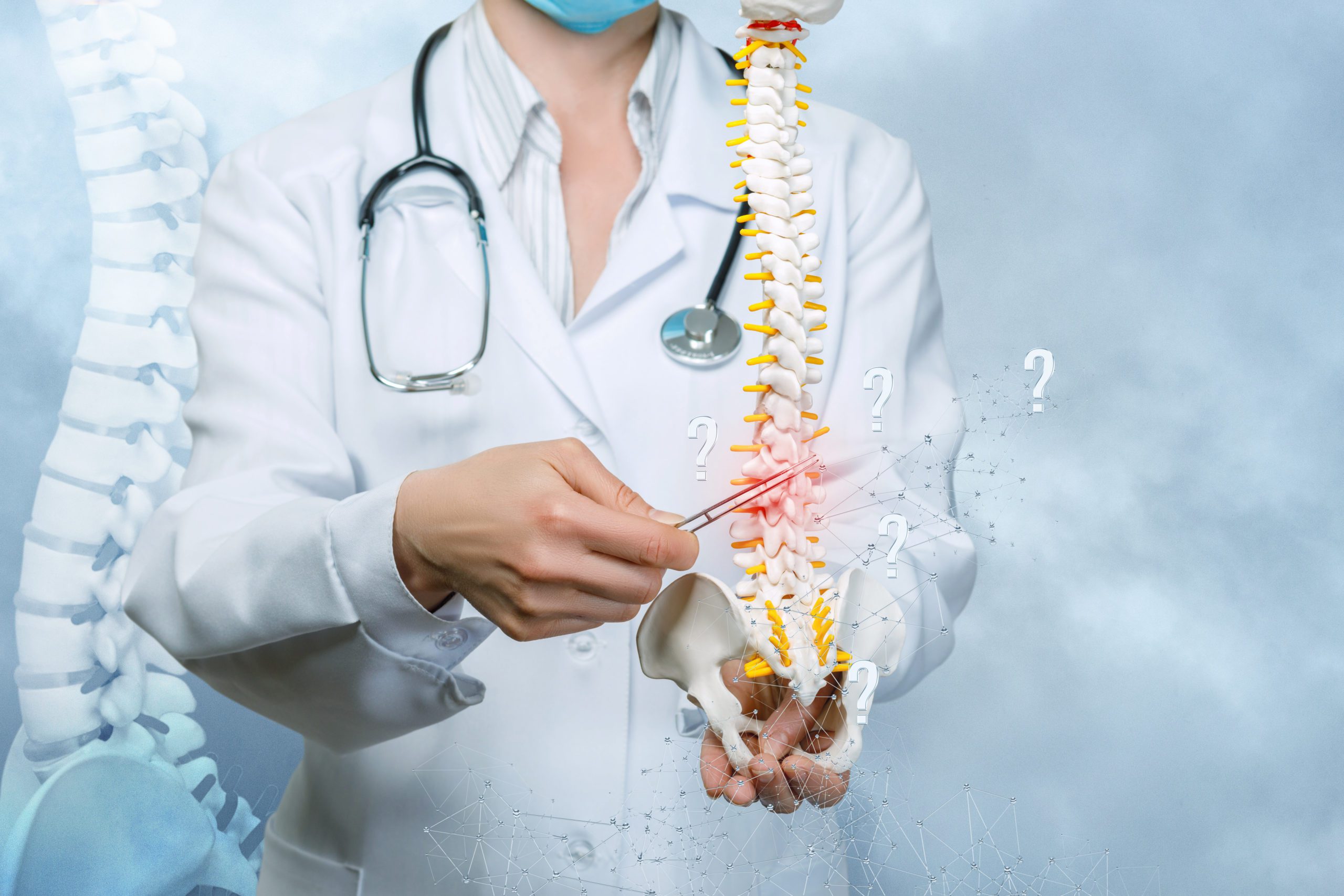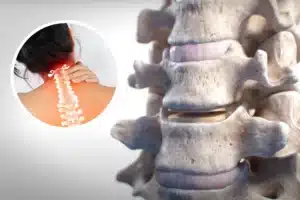
5 Reasons to Get Revision Spine Surgery
Deciding to get spine surgery can be a big decision for many people. When you’ve been dealing with chronic neck or low back pain for a long time, every patient’s hope is to have that “one and done” procedure that resolves all symptoms. Unfortunately, many patients come to us from other surgeons with continued pain after spine surgery and have been told that nothing can be done, or that it’s “normal.” That is simply not true though!
What is Revision Spine Surgery?
We often see patients who have had a previous surgery through a different provider and never felt fully improved after that procedure. Some will also describe having pain that worsened after surgery or returned shortly after. For those patients that had a surgery outside of VSI, and were not able to achieve their expected goal or return to their quality of life, it is our job as spine specialists to educate each patient about their specific spinal issues and review all treatment options available. Many times for those that have failed back surgery syndrome (FBSS) from a prior spine surgery, another surgical procedure is recommended — this is known as revision spine surgery.
How common is Revision Spine Surgery or Failed Back Surgery Syndrome?
There are a number of factors that can contribute to a failed back or neck surgery, and in order to maximize chances of successful revision surgery it is important to understand the reason (or reasons) that the first surgery was not successful. Treatment is dependent on the underlying condition causing symptoms. Frequently when patients are initially seen we often will revamp non-operative care first. Sometimes patients may be frustrated with failure of previous non-operative means, and wish to discuss surgical treatment options first. It is our goal as medical providers to improve our patient’s pain, while educating them on all of the available treatment options both non-surgical and surgical. While our hope is to treat each of these patients non-operatively, revision spine surgery is brought into the picture when these conservative forms of treatment have not solved the pain.
5 Reasons to Get Revision Spine Surgery
1. Original surgery was done for the correct reasons and at the correct location but it was not completed properly.

In this scenario, patients may not do well from the very beginning. They may note a difference after surgery or may even develop new issues immediately after surgery. In these situations, imaging tests can be very helpful to determine the cause of any issues.
Spinal surgery typically requires very meticulous and delicate work as the neurologic structures the surgeon is working around are very sensitive. In many cases, a very small difference in the space around a nerve can be the difference between success and failure. When implants are used in spinal surgery, they must be placed in a very precise location. Accuracy is of the utmost importance and it is critical that the surgeon “hit a bulls-eye every time” or the implants may cause problems.
2. Original surgery did not include all of the locations that are causing the problem.
There are many levels and structures of the spine — from discs, vertebrae, facet joints, and nerve structures — to the muscles and ligaments supporting the spine. Some patients who have had surgery in one area of their spine may still be having pain related to another level of the spine that was not originally treated by the initial surgery. Ideally, everything should be done before surgery to maximize the chances that all the affected levels are being addressed. In some cases, choosing to address more levels at the time of the initial surgery may seem scary, but can be what is required in order to maximize chances of success. If a patient has a failed surgery and other levels of the spine are proven to be the case, additional surgery to fix the additional level can be very effective.
3. Original surgery was performed to decompress (un-pinch) a nerve but failed to address spinal instability or spinal curvature. In this case, continued instability or deformity continues to cause pain.
During a laminectomy procedure, a portion of the spine bone and ligament are removed through an incision on the back in order to make more space for the nerves. Unfortunately, we have had many patients come to us after undergoing this spinal surgery to “un-pinch” their nerve or spinal cord that unfortunately have been left with a great deal of back pain, and sometimes instability after surgery called Post-Laminectomy Syndrome. In many cases, these patients have quickly been told by their original surgeon that nothing else can be done, and they are forced to live with the pain.
With modern techniques, our spinal specialists at the Virginia Spine Institute are able to reliably stabilize the spine if instability or curvatures are present to avoid Post-Laminectomy Syndrome. For those with Post-Laminectomy Syndrome, many can be helped with corrective surgery to stabilize areas of instability.
4. The original surgery that was performed was meant to fuse the spine, but the fusion did not heal properly or the implants became loose.
The healing of a spinal fusion is similar to a broken bone that is mending. The process involves the bones “welding back together.” Many factors can alter the chances of a successful fusion including health status, quality of surgical construct, type of bone grafts used, and also a patient’s activity after surgery. When a fusion is performed, some type of bone graft (think of grout or cement) is placed between the two bones being fused together. This process takes some time to occur and during this time, too much movement across the area can jeopardize healing.
5. The original surgery that was performed to fuse the spine was a success, but the implants continue to cause pain despite a healed fusion.
This is one of the easier complications to address, but it is very important to first be sure that the fusion has actually healed. X-rays are typically the first step, but if there is any question or if a patient is having pain in the area of the implants, additional testing may be needed to confirm. Many patients with painful implants will improve with time and spine-specialized physical therapy / therapeutic exercise, but for those who don’t, an injection may help and also provide further diagnostic information. For patients who are getting muscle irritation related to spinal implants, surgery to remove the implants and verify that the fusion has healed properly can be extremely effective and in many cases much faster and easier recovery than their initial surgery.
At VSI, we are one of the unique centers in the nation that specialize in revision spine surgery to resolve Failed Neck & Back Surgery Syndrome for patients. If you are suffering from neck or back pain, please contact us to schedule your initial evaluation. We can get you back to a fulfilling life, pain-free.
Topics covered
About the Author
Featured Resources
Insights to Achieve a Pain-Free Life



